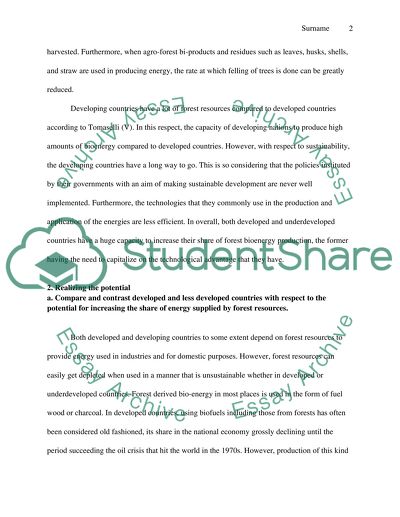Cite this document
(“Bioenergy Term Paper Example | Topics and Well Written Essays - 750 words”, n.d.)
Retrieved from https://studentshare.org/environmental-studies/1415789-bioenergy
Retrieved from https://studentshare.org/environmental-studies/1415789-bioenergy
(Bioenergy Term Paper Example | Topics and Well Written Essays - 750 Words)
https://studentshare.org/environmental-studies/1415789-bioenergy.
https://studentshare.org/environmental-studies/1415789-bioenergy.
“Bioenergy Term Paper Example | Topics and Well Written Essays - 750 Words”, n.d. https://studentshare.org/environmental-studies/1415789-bioenergy.


